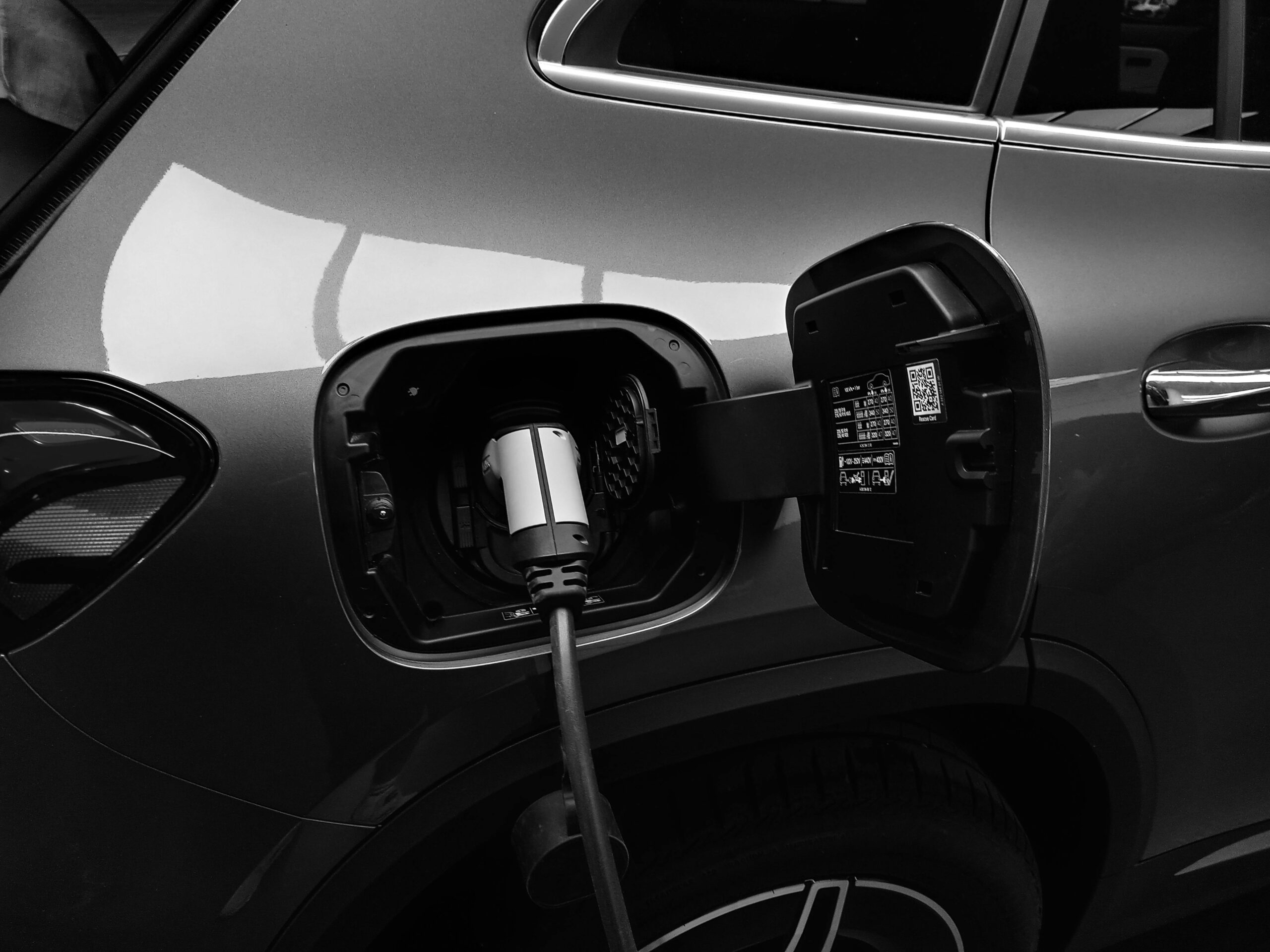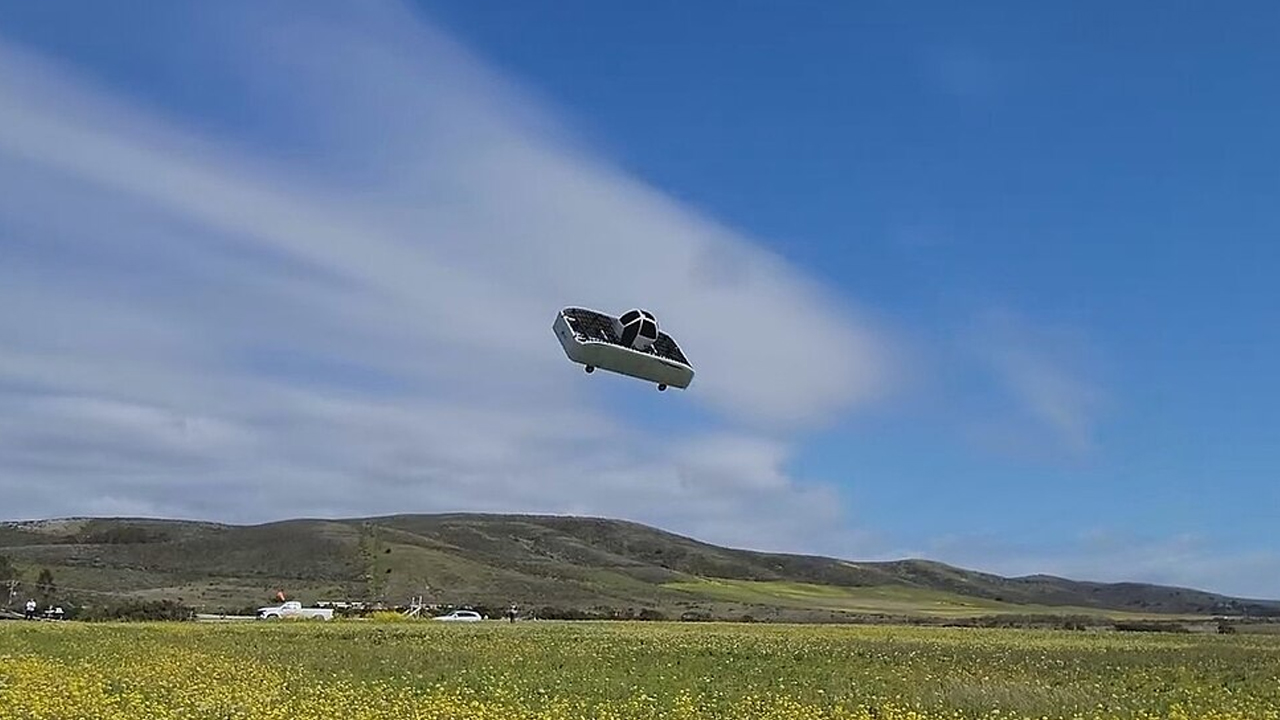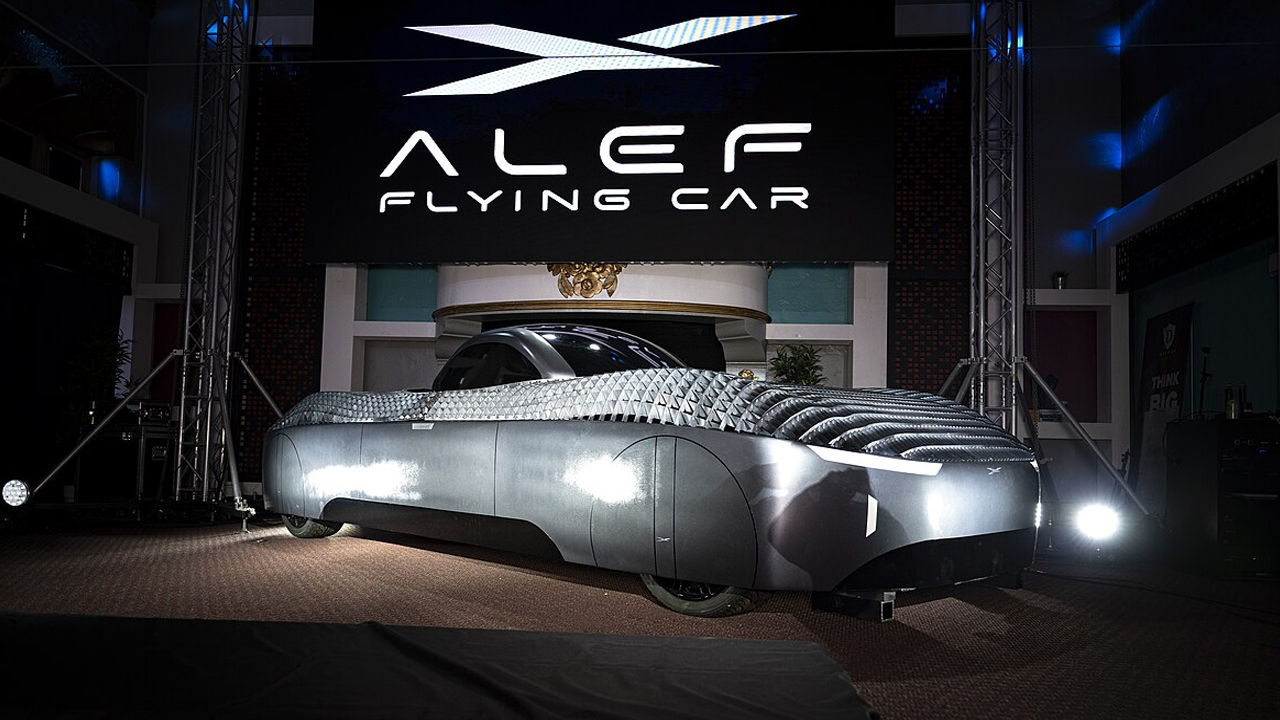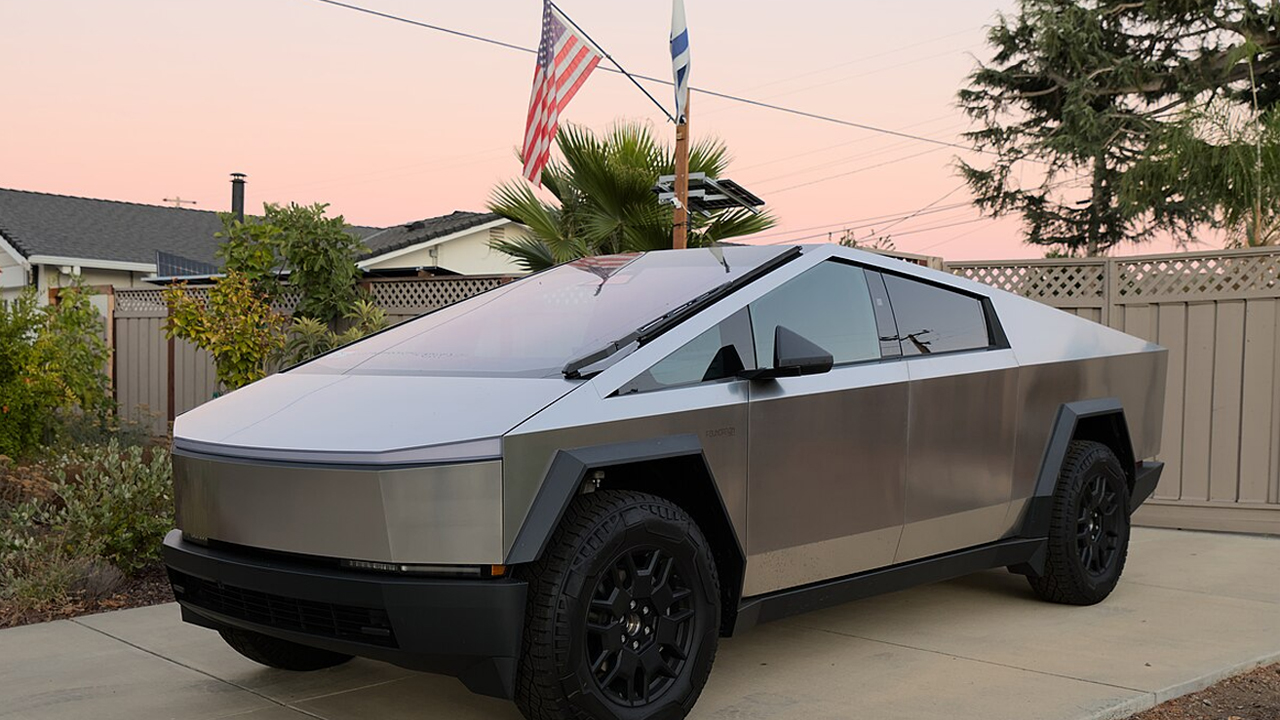Flying cars aren’t just sci-fi anymore—they’re starting to feel real. Between powerful new flight systems, electric propulsion breakthroughs, and major government approvals, this space is heating up fast. Some of the prototypes hitting the skies today actually look usable, not just experimental. And while there’s still a long way to go, it’s clear that what once felt like a distant dream is now pulling into focus.
CycloTech’s BlackBird: A Leap in Maneuverability
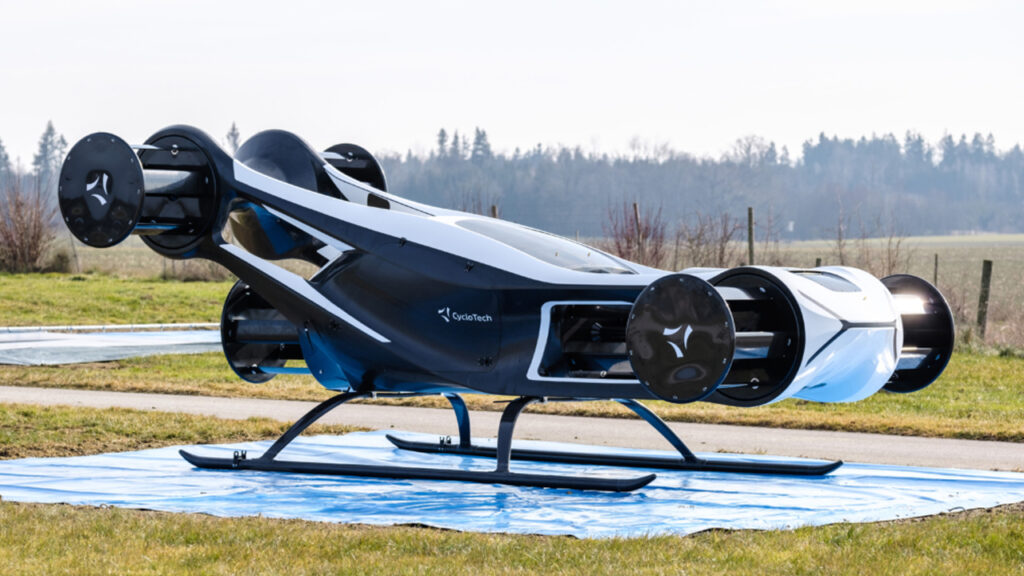
CycloTech’s BlackBird is making waves with its unique CycloRotor technology. This system allows the aircraft to take off and land vertically, move sideways, brake mid-air, and even parallel park.
Equipped with six CycloRotors, the BlackBird offers precise control and agility—something traditional drones and flying prototypes have struggled with. It’s a serious move toward making flying vehicles actually usable in cities. (Source: Fox News)
Alef Aeronautics’ Model A: Driving and Flying Combined
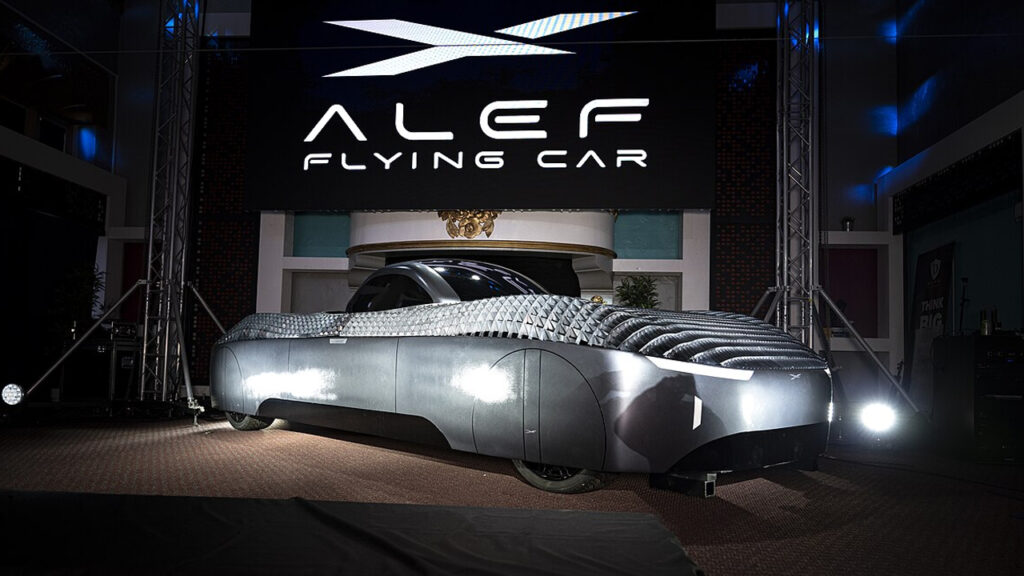
Alef Aeronautics is pushing boundaries with the Model A, a car that doubles as a flying vehicle. You can drive it on the road like any other electric vehicle, but when traffic gets bad, it lifts off and flies over it.
It’s built for real-world use and got FAA approval for test flights in the U.S., which is a big deal. The idea is to reduce commute stress and change how we think about personal travel. (Source: ABC 7 News)
China’s Ambitious Plans for eVTOL Integration
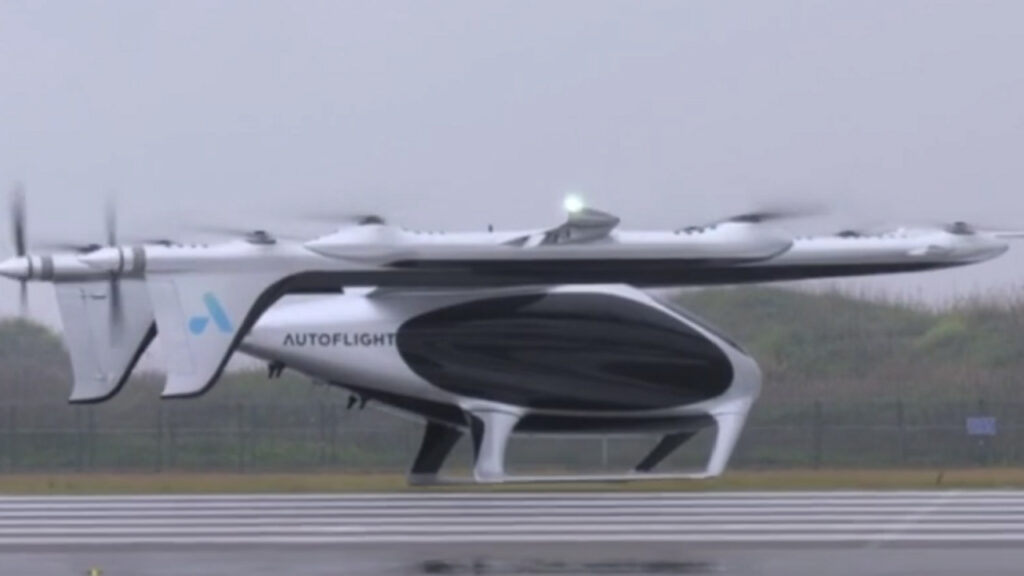
China isn’t waiting around. The country plans to roll out 100,000 eVTOLs over the next few years, turning them into taxis, delivery vans, and maybe even personal vehicles.
They’re aiming for mass adoption much faster than the U.S. or Europe. The infrastructure, policy support, and funding are already moving—fast. This might be where we see flying cars hit mainstream use first. (Source: The Sun)
Addressing Challenges: Battery Life and Safety

Excitement aside, flying cars face some serious hurdles. Battery life is a big one. Most of the current designs rely on lithium-ion batteries that don’t offer long flight times. That’s a problem if these vehicles are meant to replace short-distance driving.
Safety is another challenge. Reliable systems for takeoff, navigation, and emergency landing need to be ironclad. Engineers are making progress, but there’s still a long way to go before most people would feel comfortable hopping in one. (Source: Science News)
Flying cars won’t show up in every driveway overnight—but the pieces are coming together faster than expected. What used to be a cool idea on a whiteboard is now flying through the air with real-world testing and government support behind it. With a few more breakthroughs in power, price, and safety, we might not be that far from choosing between drive or fly when heading to work.
